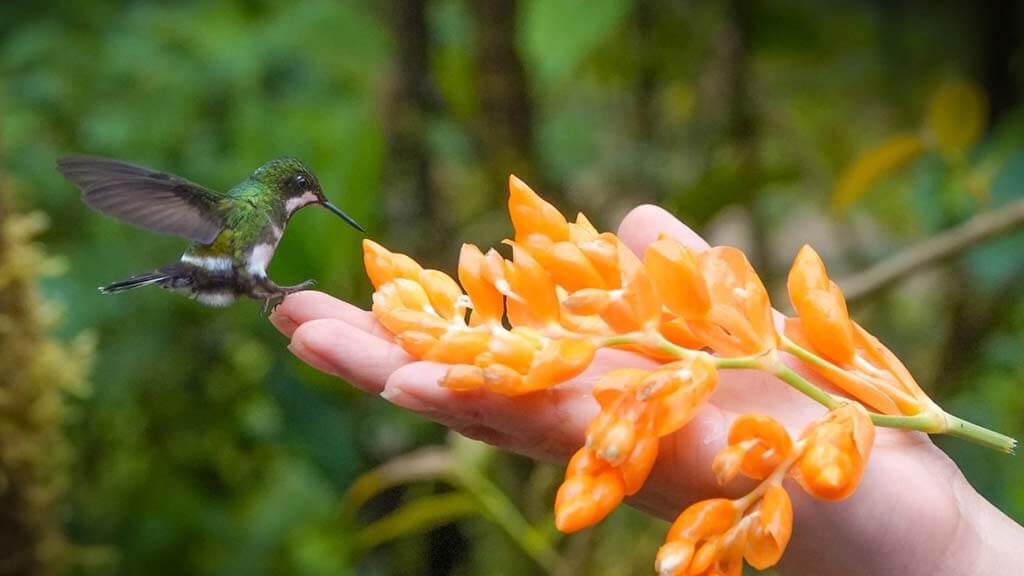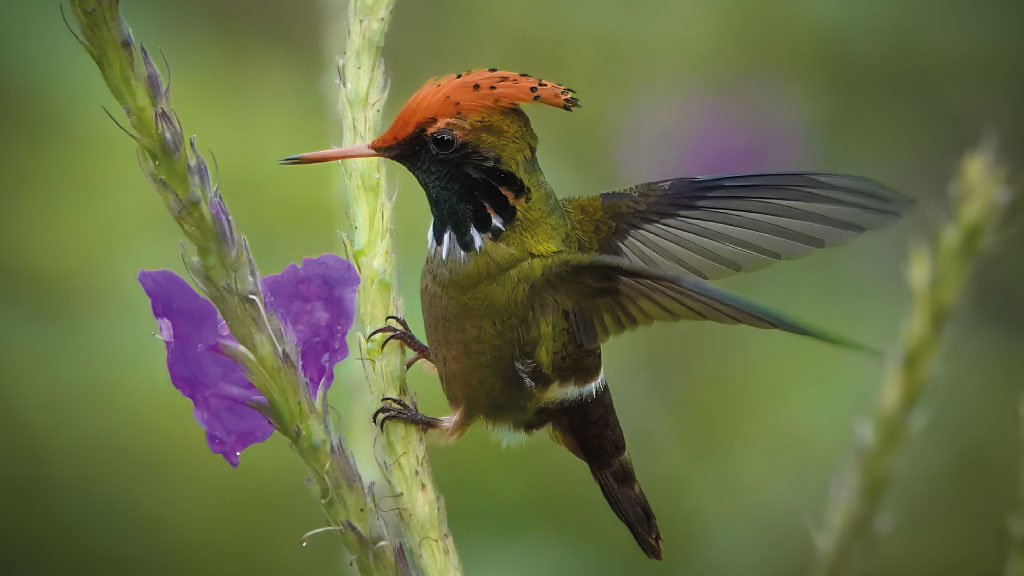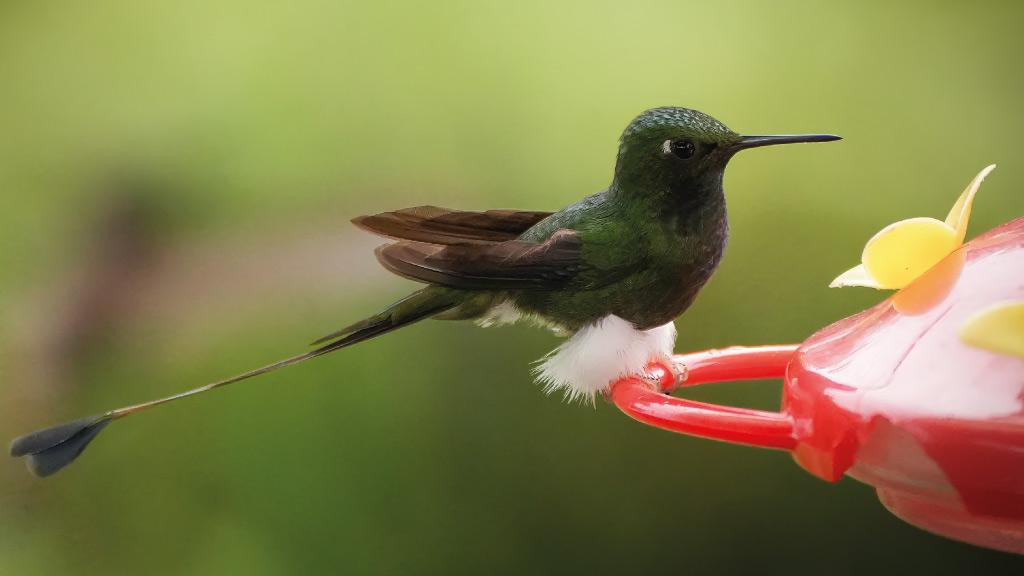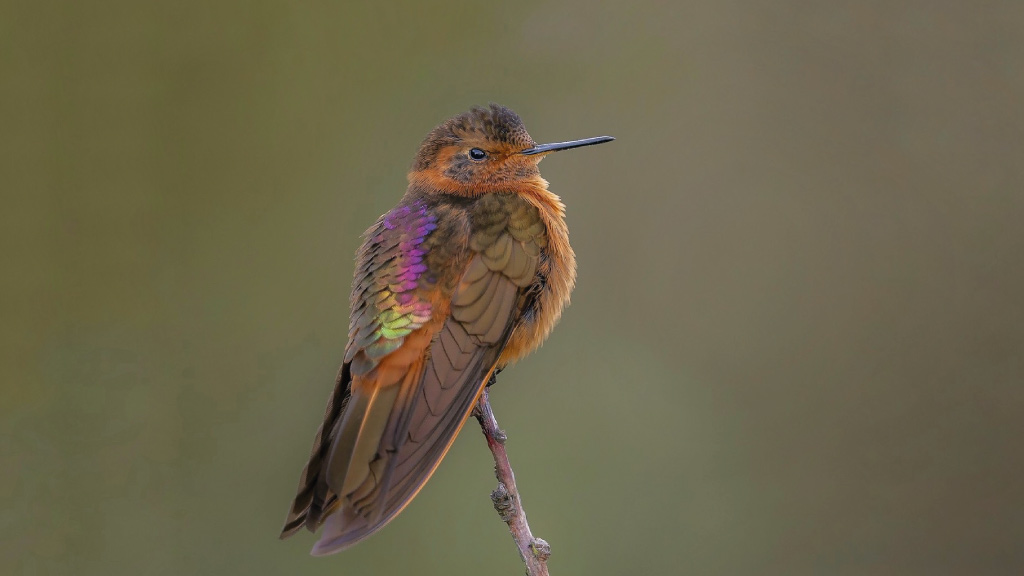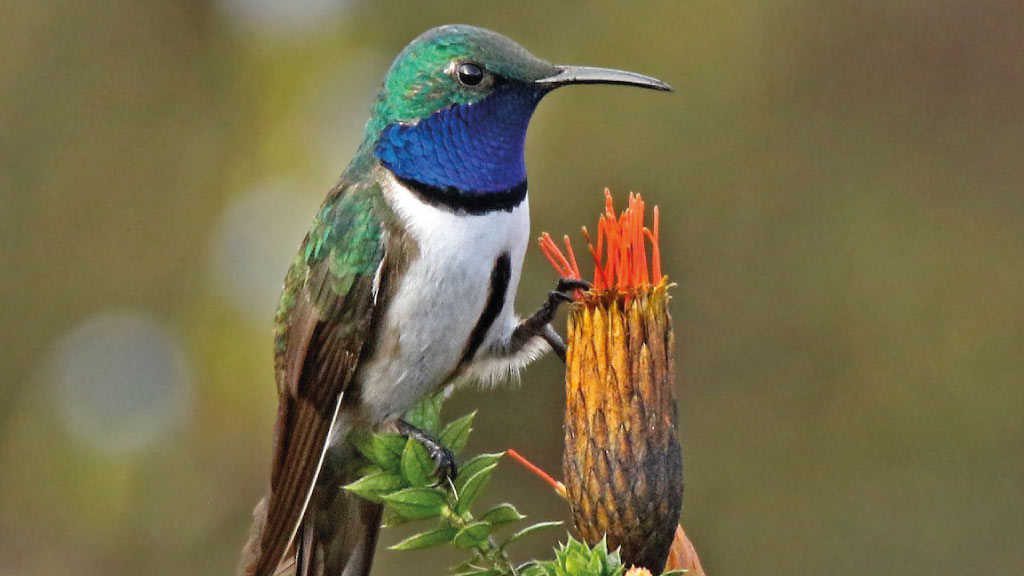Ecuador Hummingbirds (Ecuador Colibris)
Ecuador is a haven for hummingbirds, and one of the best places in the world to witness these tiny, iridescent gems in action.
Their rapid wingbeats and hovering flight, combined with their brilliant plumage, make hummingbirds a favorite subject for photographers and nature enthusiasts alike.
The best news is that it’s easy to spot hummingbirds in Ecuador if you know where to look. In fact, there are many specialist birding reserves located close to the capital city Quito.
Keep reading to discover the captivating world of Ecuador Hummingbirds. We’ll explore the best spots to find them, delve into the fascinating behaviors that make them so unique, and offer tips on how to capture their beauty through your lens.
So, whether you’re a seasoned birder or simply someone who appreciates the beauty of nature, Ecuador’s hummingbirds are a must-see on your trip to this wonderful country.
How Many Species of Hummingbirds are in Ecuador?
Of approximately 360 hummingbird species on earth, an incredible 132 of them call Ecuador home. That’s 37% of all hummingbird species that can be found in a small country the size of Wyoming.
Yes, that’s pretty damn impressive!
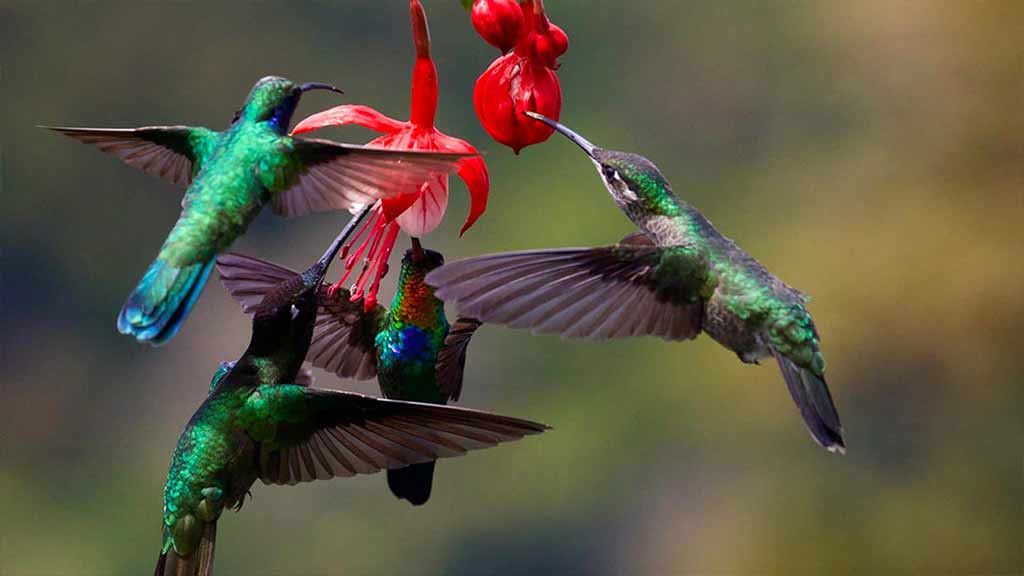
How to See Hummingbirds in Ecuador?
There are many different hummingbird destinations in Ecuador, some are easily accessible, others very much off-the-beaten-track.
So, what is the best way to see hummingbirds in Ecuador?
1. DIY - Go Your Own Way
Destinations like Mindo are perfect for spotting hummingbirds all by yourself. Just head to a recommended location around town, and hang out by the feeders. In Mindo, we recommend Punto Ornatologico or Hostal El descanso. You might also spot hummingbirds buzzing between flowers in the forest.
Another great option is to head to a Cloudforest Lodge for a night or two, providing easy access to a diversity of different hummingbird species.
The key is to allow yourself enough time to appreciate these beautiful birds, and ideally to take some snaps or videos while at it.
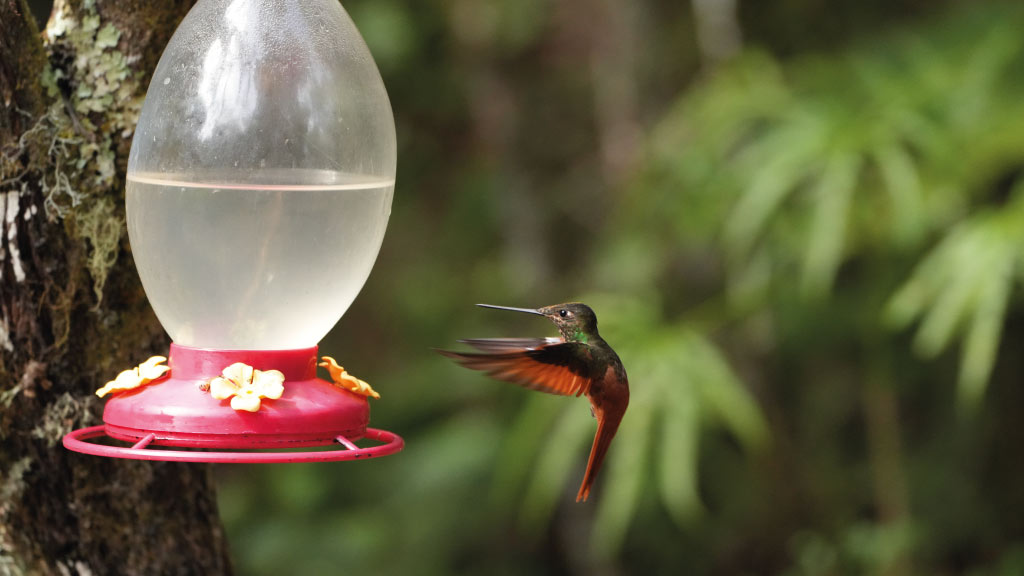
Photo by: John Potts
2. Ecuador Hummingbird Tour
If you have a deeper interest in hummingbirds then it’s well worth considering a specialist guided tour.
What are the advantages of a tour? Firstly, you’ll have transport to visit different birding reserves, and secondly, also a guide by your side to help identify the hummingbird species. So, you can see more hummingbirds in less time, and learn much more about them too.
Happy Gringo has experience in hummingbird tours. We can help to book a 1-day hummingbird tour from Quito to a number of different reserves. Whether your goal is to spot as many possible species, or you have a specific target species in mind, we can set you up with the perfect day out.
Even better, spend a few days exploring different bird reserves in the famous Choco Andino. Our popular Choco Highlands & Slopes Tour runs for either 4 or 7 days providing an in-depth hummingbird and birding experience.
We also organize trips to the fabulous Wild Sumaco and San Isidro Lodges on the Eastern Foothills Rainforest.
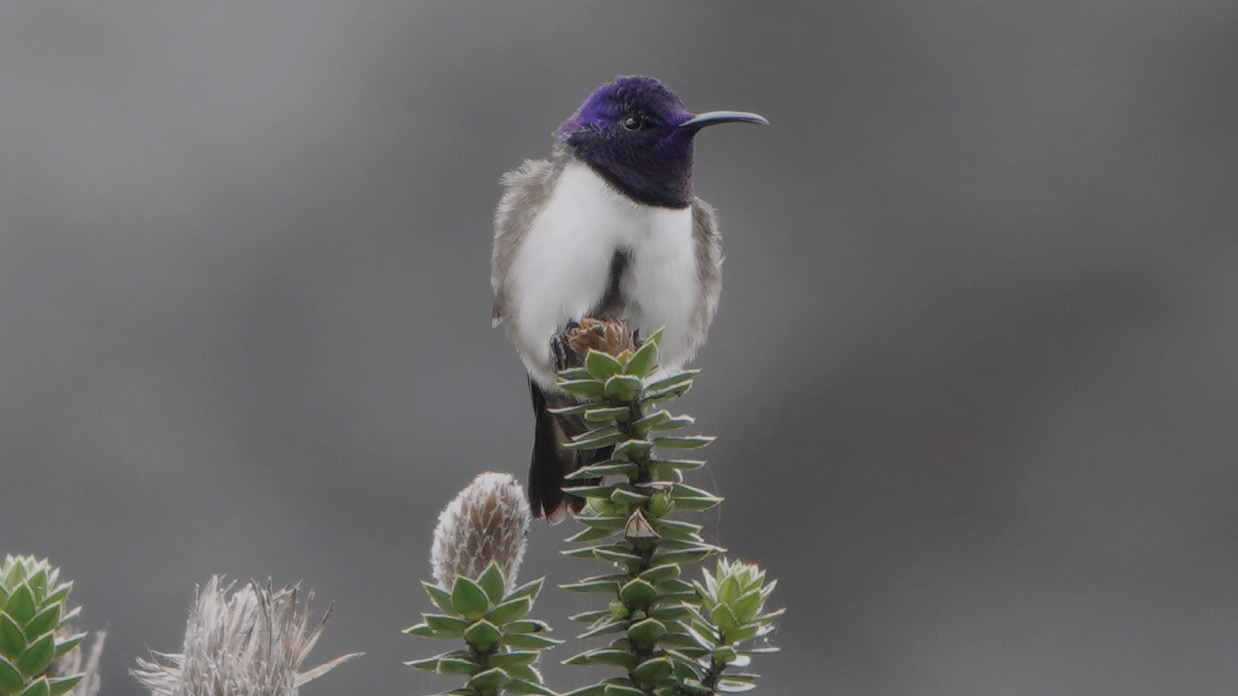
Photo by: John Potts
Where To See Hummingbirds in Ecuador?
Hummingbird spotters in Ecuador are spoilt for choice. No matter where you are in the country, odds are that with a little effort you’ll be able to find hummers close by.
1. Hummingbirds in Quito
Hummingbirds can be spotted in most parks or green spaces of Ecuador’s capital Quito.
My favorite birding spot in Quito is at the Jardin Botanico, located within La Carolina Park. Common hummingbird sightings here include the Sparkling Violetear and Black-tailed Trainbearer. It’s also a lovely spot for a stroll and to learn about orchids and other native Ecuadorian plants.
Other city parks to check out include Parque Metropolitano (Guanguiltagua) and Itchimbia.
A little further afield is Pomasquinde, in the town of Pomasqui close to Mitad Del Mundo. 29 different Ecuadorian bird species visit this small reserve, including hummingbirds.
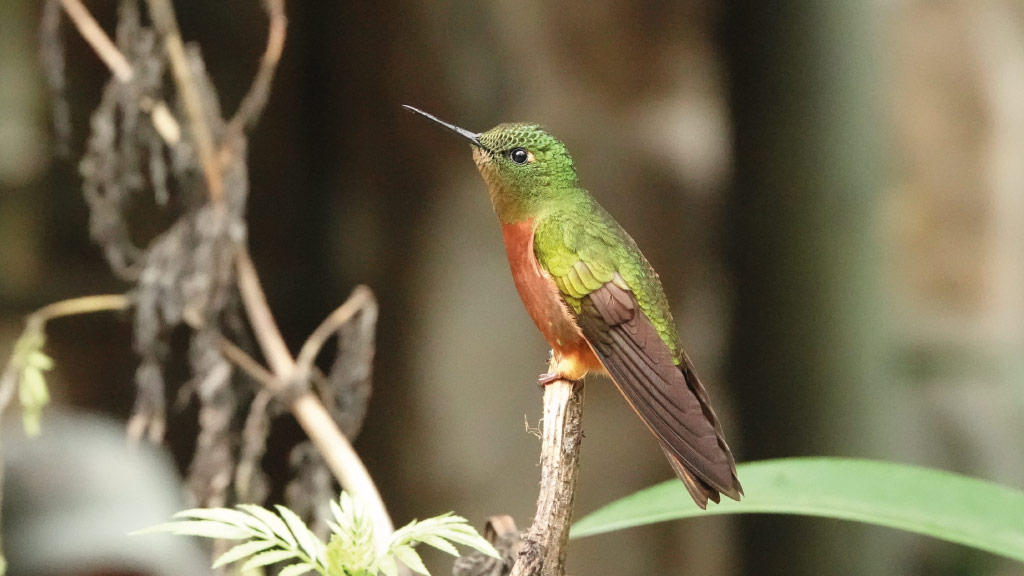
Photo by: John Potts
2. Hummingbirds in the Cloud Forest
Outside of Quito, the Choco Andino Cloud Forest is THE place to go for birders.
The Choco Andino is a famous bird biodiversity hotspot recognized around the world. It’s also home to many of Ecuador’s hummingbird species, and just a 90-minute drive out of Quito.
There are many private reserves worthy of mention, all with hummingbird feeders and abundant flowers that make observation easy. Different species of hummingbirds can be spotted at each reserve, depending on altitude and habitat.
Some of the reserves that I can personally recommend include Yanacocha, Zuro Loma, Alambi, Bella Vista, Sachatamia, Punto Ornatologico Mindo, Milpe, Mashpi Amagusa, Mashpi Lodge, and Tandayapa.

3. Hummingbirds in Ecuador’s Paramo
Hummingbirds can also be spotted at higher altitudes. So, an alternative area to explore is the high paramo moors outside of Quito. Although there are fewer hummingbird species, those that can be spotted are real gems!
The areas around Antisana National Park, Chakana Reserve, Guango Lodge, and the Papallacta Hotsprings are definitely worth checking out.
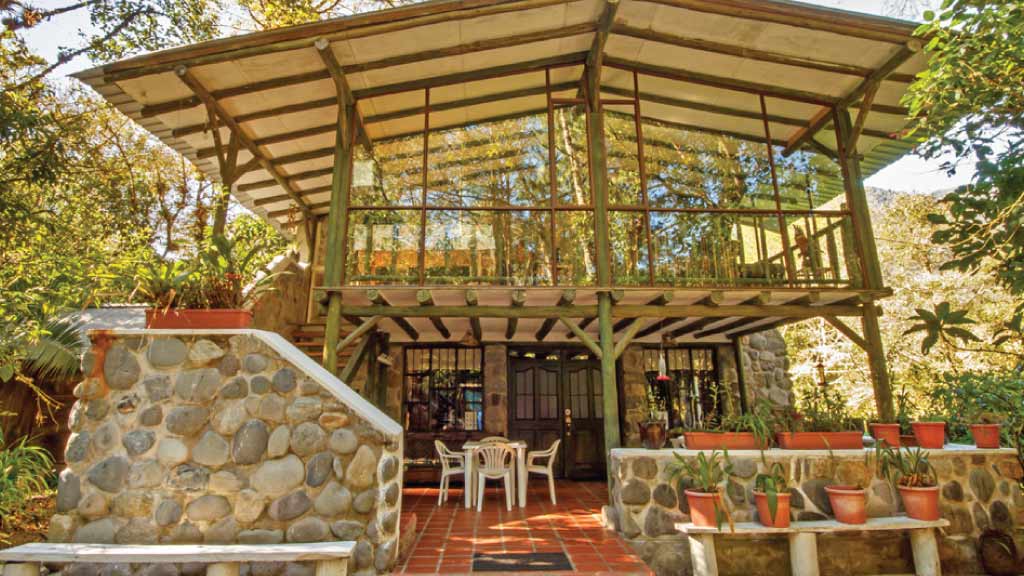
4. Other Ecuador Hummingbird Destinations
For those with more time to explore further afield for hummingbirds, a trip to the eastern slopes of the Andes is recommended.
In particular, I have enjoyed Wild Sumaco Lodge, and San Isidro Lodge.
To the south of Ecuador, you really can’t go wrong visiting the different Jocotoco Foundation Reserves. Happy Gringo’s 12-day Southern Ecuador Birding Highlights Tour, for example, takes you to visit 7 excellent reserves teeming with hummingbirds and other interesting species. This tour can also be tailored to your needs should you wish to alter or shorten the itinerary.
El Cajas National Park close to Cuenca also has some endemic hummingbirds, if you know where to look.
I’d also like to give a special shout-out to Buglas Guesthouse in Limon. This is a wonderful place to observe the Spangled Coquette hummingbird, whilst enjoying warm hospitality.
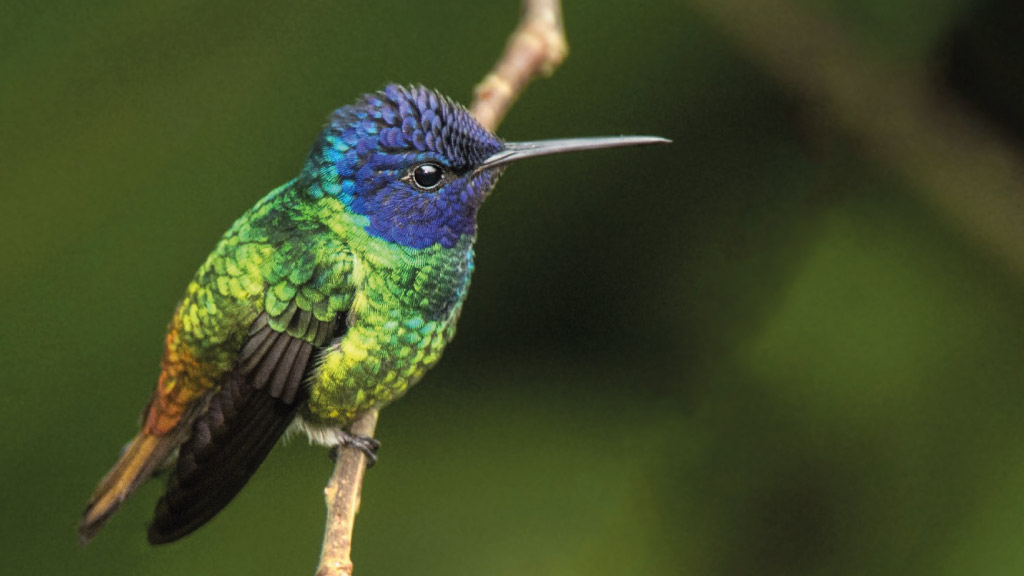
When To See Hummingbirds in Ecuador?
The best news of all is that Ecuador is a year-round destination for hummingbird watching.
Due to our location on the equator, Ecuadorian hummingbirds have no need to migrate. So, you’ll find them here 12 months a year.
In terms of time of day, similar to most bird species, hummers are most active in the early morning and late afternoon. That said, you’ll usually find them at the feeders throughout the day.
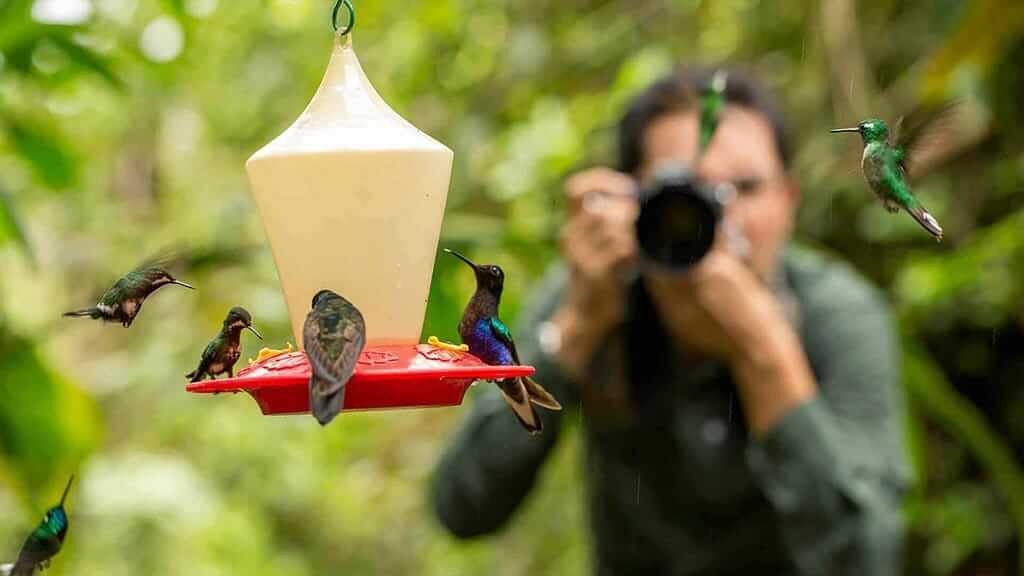
Ecuador Hummingbird Species
In Ecuador, hummingbirds are also referred to as Colibris and Picaflores.
There are many Ecuador hummingbird families to look out for, often with exotic-sounding names. The generic family list includes hermits, violetears, sunangels, thorntails, sylphs, thornbills, pufflegs, coronets, brilliants, woodstars, sapphires, and woodnymphs.
Top 10 Hummingbirds to Spot in Ecuador – The Rock Stars
It’s notoriously difficult to make top 10 lists, even more so for Ecuadorian hummingbirds. Let’s face it, they are all rather spectacular.
But, after hours of intense deliberation, here are my top 10 hummingbird rock stars, listed in no particular order.
1. Giant Hummingbird (Patagona gigas)
Best place to see: Antisana.
The Giant may not rival other hummingbirds for vibrant colors, but it makes up for it in size. At 16cm (6 & ¼ inches) in height, this hummingbird dwarfs others are the feeders.
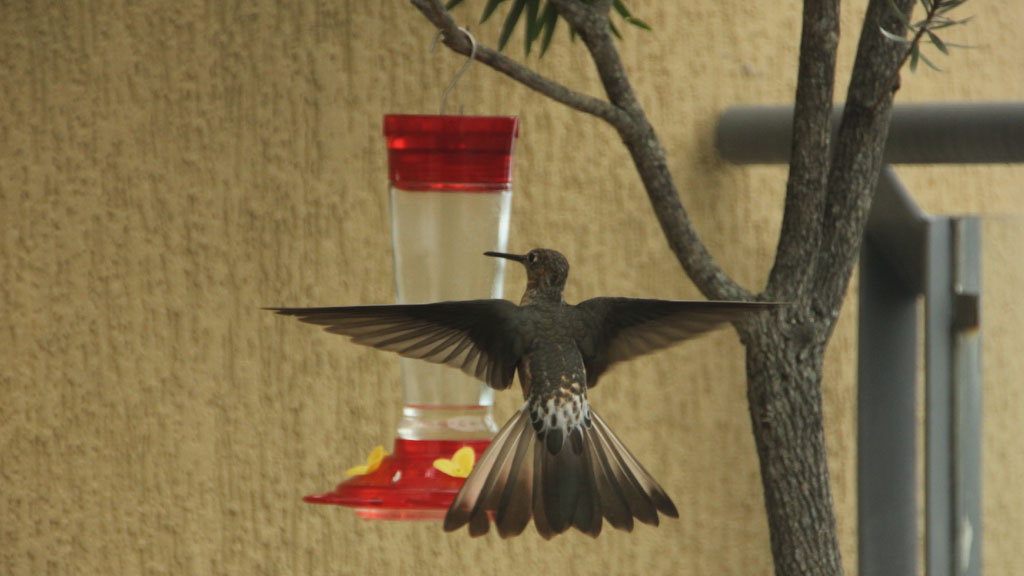
Photo by: John Potts
2. Violet-tailed Sylph (Aglaiocercus Coelestis)
Best place to see: Sachatamia, Alambi, Guango
Easily recognized for the intense purple and turquoise colors of its long tail, this Sylph is quite common in various reserves of the Choco Andino cloud forest, as well as higher up at Guango.
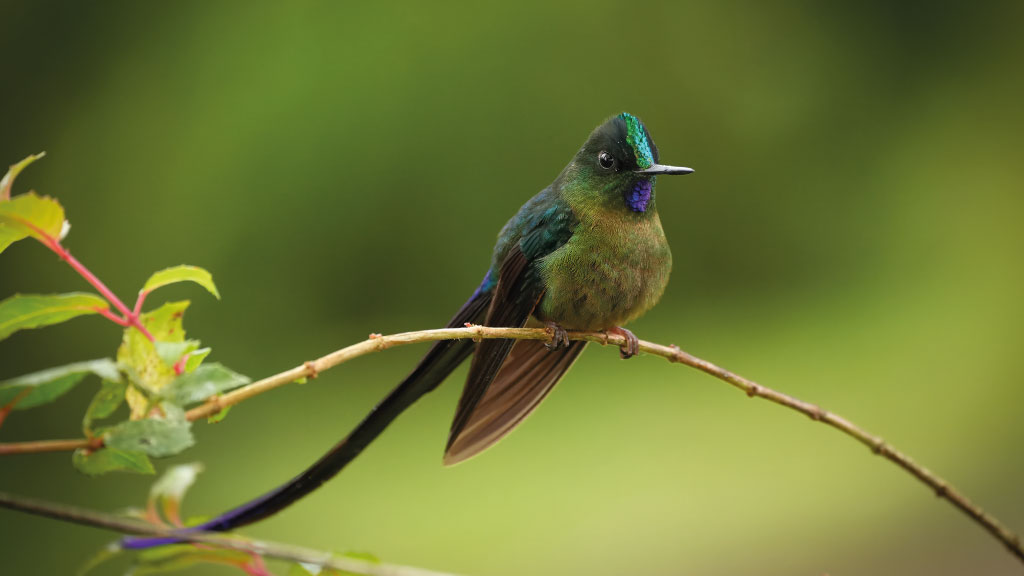
Photo by: John Potts
3. Woodstars
Best place to see: Sachatamia, Alambi, Bellavista
Unable to choose a favorite woodstar I opted for including their whole family. It’s hard not to love them for their diminutive size and loud buzzing akin to a bumblebee.
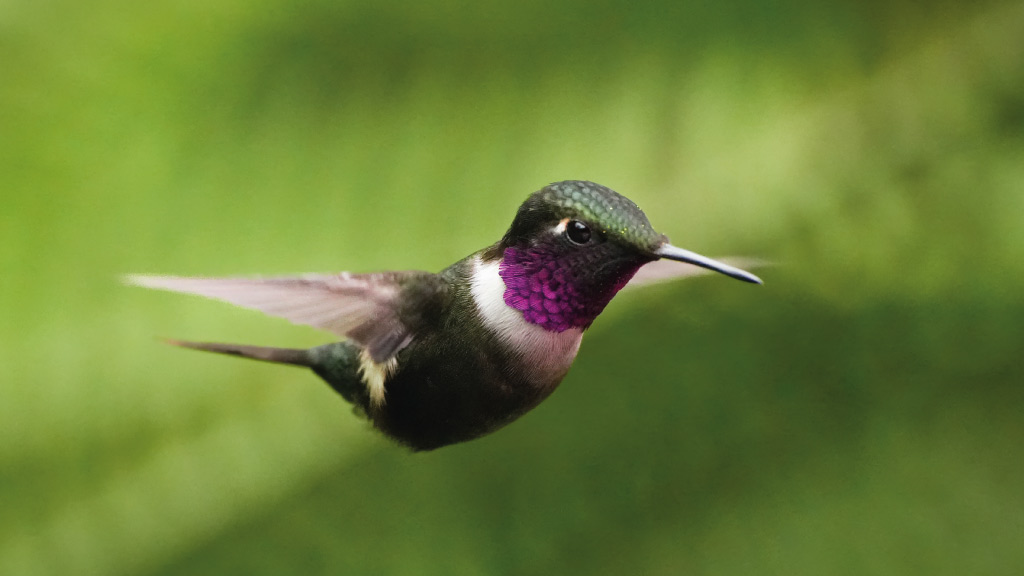
Photo by: John Potts
4. Spangled Coquette (Lophornis Stictolophus)
Best place to see: Buglas (Limon)
The wonderful Spangled Coquette certainly lives up to its name. Their exuberant orange crown comes to the fore when attracting a mate. The name coquette refers to their feeding habit of jumping quickly from flower to flower.
5. Booted Racket-tail (Ocreatus Underwoodii)
Best place to see: Sachatamia, Alambi, Bellavista
Another common hummingbird in the Choco Andino is the Booted Racket Tail. With a long tennis racket-style tail, and furry, white booted feet, this is a hummer that easily stands out from the pack.
6. Sword-billed Hummingbird (Ensifera ensifera)
Best place to see: Zuro Loma, Antisana, Yanacocha, Papallacta, Guango
The Sword-billed hummingbird is unique in that it has a longer beak than the body. It needs the extra reach in order to feed from long-hanging Passiflora and Datura flowers, although the beak does become rather cumbersome at the feeders.
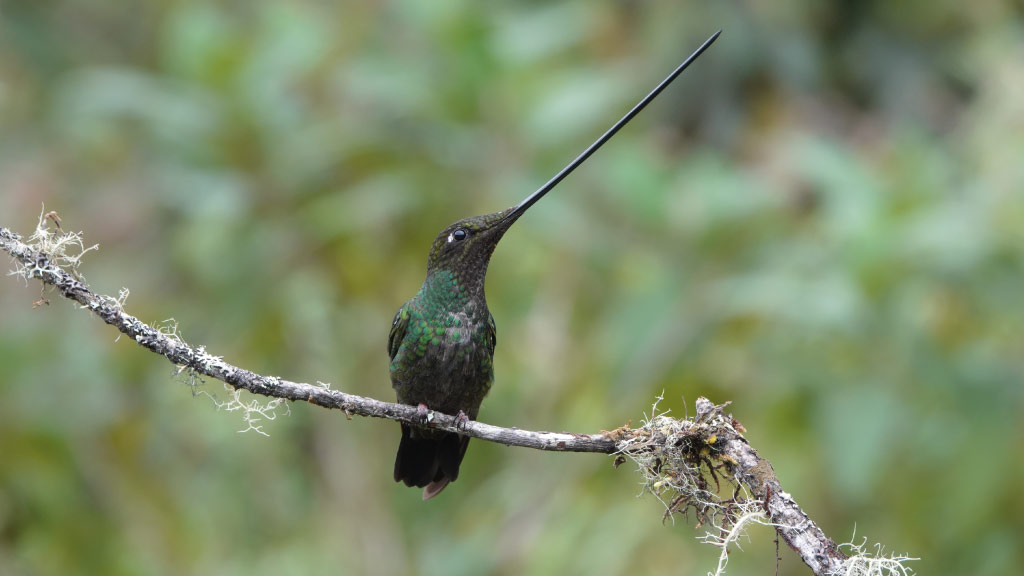
Photo by: John Potts
7. Wire-crested Thorntail (Discosura popelairii)
Best place to see: Wild Sumaco, Buglas, Copalinga
The Wire-crested Thorntail is another beautiful hummingbird, recognized by its long-thorned tail and distinctive crown.
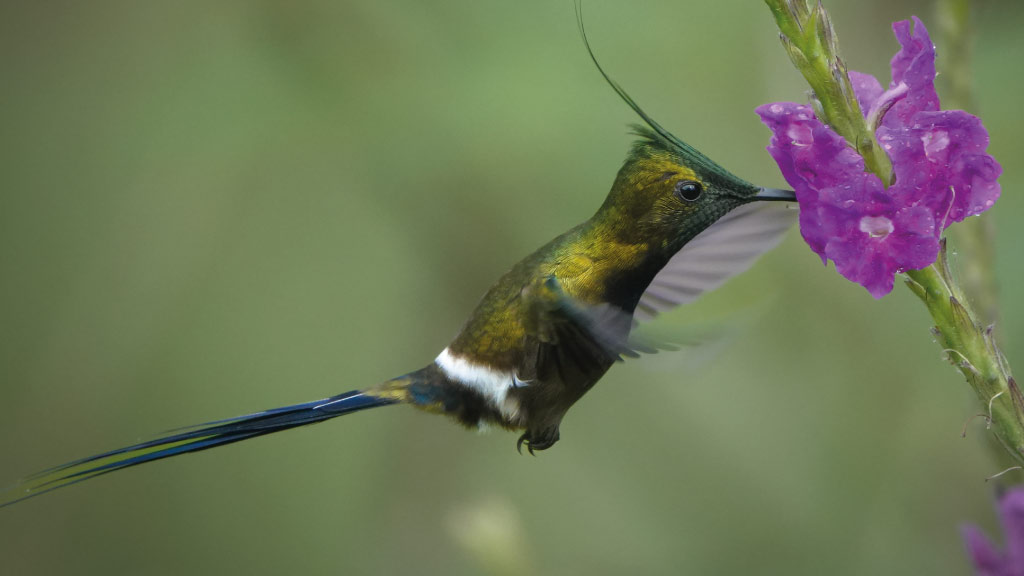
Photo by: John Potts
8. Shining Sunbeam (Aglaeactis Cupripennis)
Best place to see: Papallacta, Yanacocha
Perhaps my favorite hummingbird name is the Shining Sunbeam. The name is in fact quite appropriate, as her colors radiate warmly as the sun reflects off of her feathers. This hummer is a common sight at the Papallacta Hotsprings.
9. Rainbow Star-frontlet (Coeligena Iris)
Best place to see: Utuana Reserve
The Rainbow Star-frontlet is a difficult fella to find in Ecuador, but rewarding for those who do make the effort. The iridescent colors of this hummingbird’s head are a joy to see under sunlight.
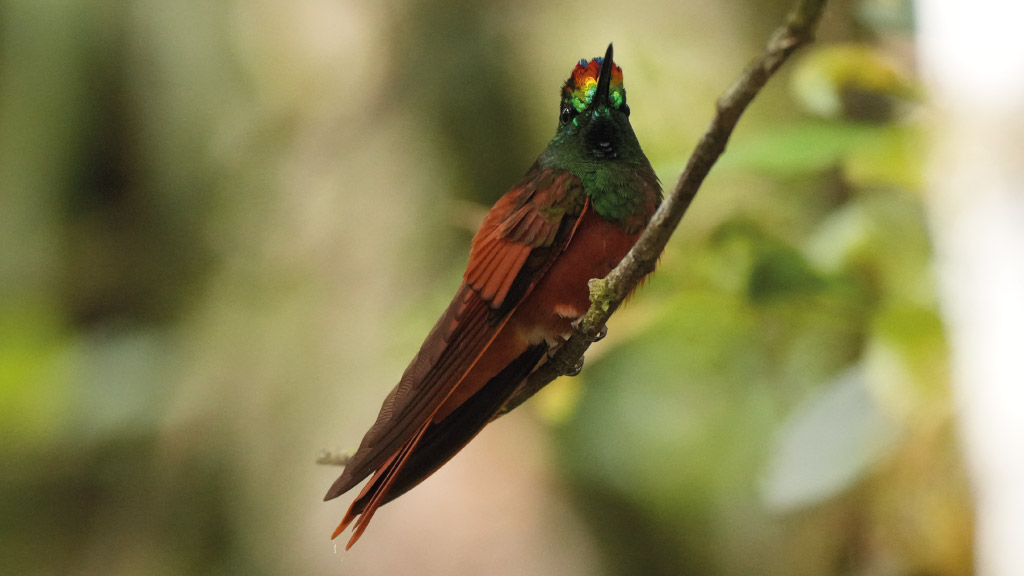
Photo by: John Potts
10. Blue-throated Hillstar (Oreotrochilus cyanolaemus)
Best place to see: Cerro de Arcos
Last but not least, the Blue-throated Hillstar was only discovered a few years back. With few of these hummingbirds in existence, Jocotoco was quick to create the Cerro de Arcos Reserve to protect its habitat.
Why not visit the reserve to catch a glimpse of this rare “lifer”?
Why Are There So Many Ecuador Hummingbirds
Ecuador is a country blessed with unbelievable biodiversity, and we’re not just talking about hummingbirds. Take any statistic related to the abundance of flora and fauna and Ecuador pops up at the top of the list.
So, what is Ecuador’s big biodiversity secret?
Ecuador hit the biological jackpot when it comes to the right combination of geography, climate, and diverse ecosystems.
Thanks to the Andes Mountain Range, Ecuador has dramatic elevation changes, from sea level to towering volcanic peaks. There are many resulting microclimates across the country, ranging from tropical rainforests to cloud forests and páramos (high-altitude grasslands). These diverse habitats are perfect to support a diversity of plant species that provide food and a home for hummingbirds.
Our location on the equator also helps, ensuring a consistent climate year-round. This stable environment allows hummingbirds to thrive without the pressures of seasonal migration, which is necessary in other regions with more extreme seasonal variations.
Ecuador is also big on conservation. Right across the country, you’ll find protected national parks and nature reserves. This plays a vital role in preserving hummingbird habitat.
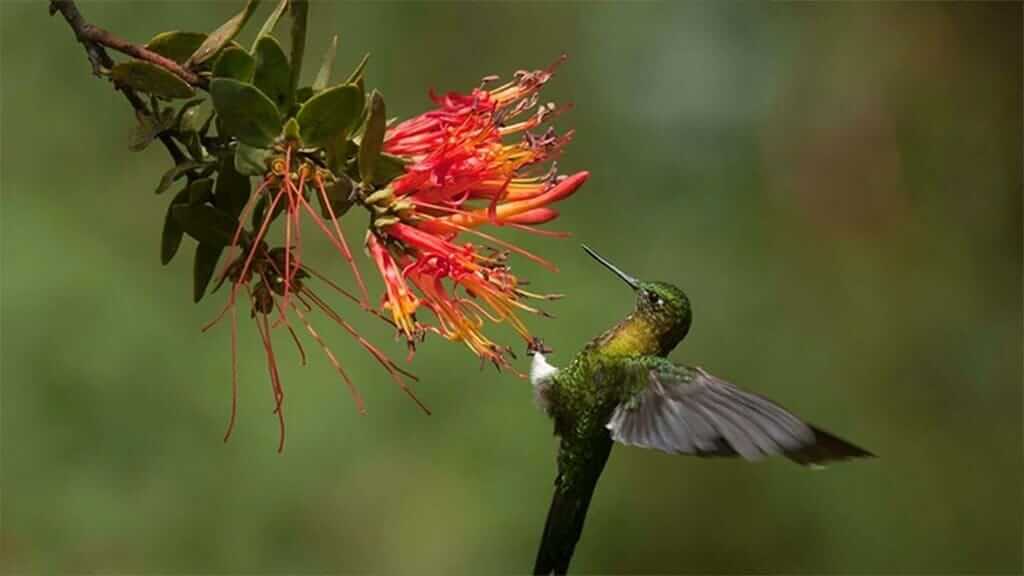
Ecuador Hummingbird Photography Tips
A question I am often asked is how to take a perfect frozen image of a hummingbird in flight.
I usually start by taking perched hummingbird photos. By observing individual hummingbird behavior you’ll notice that many have their favorite branch to perch on. So, all you have to do is focus on the branch and wait for them to return. If the hummingbird is obliging it will hopefully rotate its neck, showing spectacular iridescent colors for your shot.
The next step is to try to photograph a hummingbird in flight. I go straight to Shutter Speed Priority Mode on my camera and set up a fast speed of 1/2000 or so. You will need to compensate for the light exposure by upping the ISO considerably, often as high as 1600. Set focus to auto, and drive mode to continuous. Then find a flower or feeder with good light, and shoot away.
Bear in mind that a lot of patience is required to photograph hummingbirds. As a rule of thumb, I’m happy if just 5% of my images are keepers. But practice makes perfect, so if it’s not quite working for you then try a different spot or a faster shutter speed.
For those with cellphones, I recommend skipping straight to video mode, or even better slo-mo video.
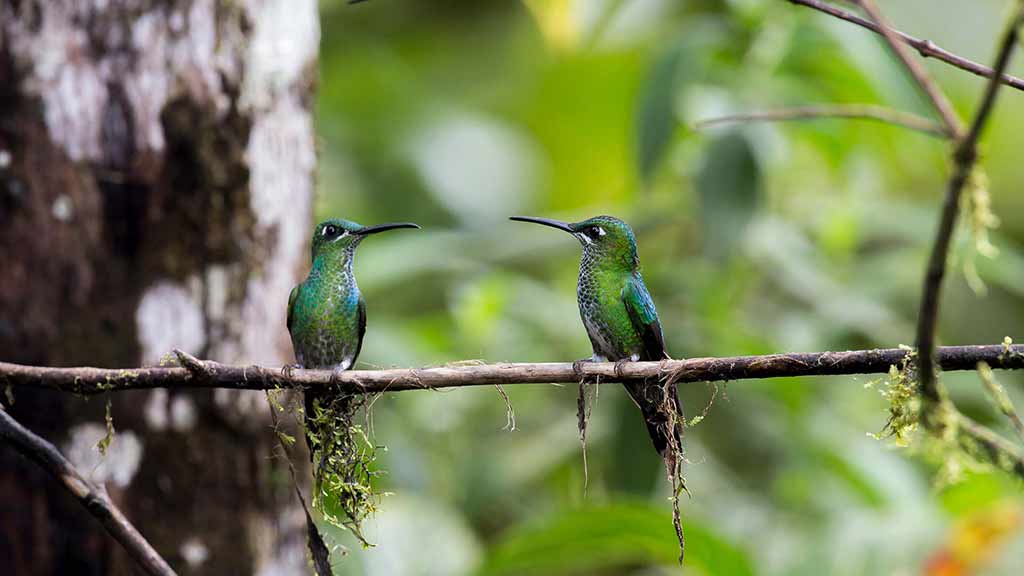
Fun Ecuador Hummingbird Facts
- Hummingbirds can beat their wings over 80 times per second. This rapid wing movement allows them to hover in place and even fly backward, a unique ability among birds.
- To fuel their high-energy lifestyle, hummingbirds have an incredibly fast metabolism. They need to consume up to twice their body weight in nectar daily, continuously feeding from dawn to dusk.
- A hummingbird’s heart can beat up to 1,200 times per minute when in flight, one of the fastest heart rates of any animal. Even at rest, their heart rate can be around 250 beats per minute.
- Hummingbirds are very territorial and have been known to chase away much larger birds to protect their feeding site.
- Hummingbirds’ vibrant colors aren’t due to pigments but rather the microscopic structure of their feathers, which refract light like prisms. This is why their colors change and shimmer depending on the angle of light.
- Hummingbird tongues have forked tips and grooves that allow them to lap up nectar at a rate of about 13 licks per second. Their tongues extend far beyond their beaks, allowing them to reach deep into flowers.
- Hummingbird nests are marvels of engineering, usually the size of a walnut or smaller. They use soft materials like plant down and spider silk, which allows the nest to stretch as the chicks grow.
- Hummingbirds have incredibly good memories and can remember every flower they’ve visited and how long it will take for a flower to refill with nectar.
- To conserve energy, hummingbirds enter a state called torpor at night, which is similar to hibernation or a coma. Their metabolic rate drops significantly, and their body temperature can plummet to conserve energy for the next day.

Photo by: John Potts
For more information about Ecuadorian birds check out our Cloudforest Birds, Galapagos Islands Birds, and Ecuador Condor blogs. Also, why not browse through our Ecuador Birding Tours.
For help in booking your Ecuador or Galapagos Trip, contact us for a FREE QUOTE. Happy Gringo have close to 20 years of experience helping 10k+ tourists to successfully make their dream vacation happen.
As well as the Galapagos Islands, we specialize in custom-made itineraries including mainland Ecuador, the Amazon Rainforest, Cloud Forest, Peru, Colombia, and much more besides.
We’d love to help you include hummingbirds in your Ecuador vacation!
In conclusion, Ecuador is one of the best places on earth to spend quality time with hummingbirds.
With specialist lodges and reserves close to Quito city, it’s easy to plan an Ecuador Hummingbird Tour. For serious birding, there are also endemic hummingbird species found in more hidden parts of the country.
For many visitors, a close encounter with hummingbirds in Ecuador is a magical highlight of their trip. So, do yourself a favor, and make time for these awesome birds in your travel itinerary.

